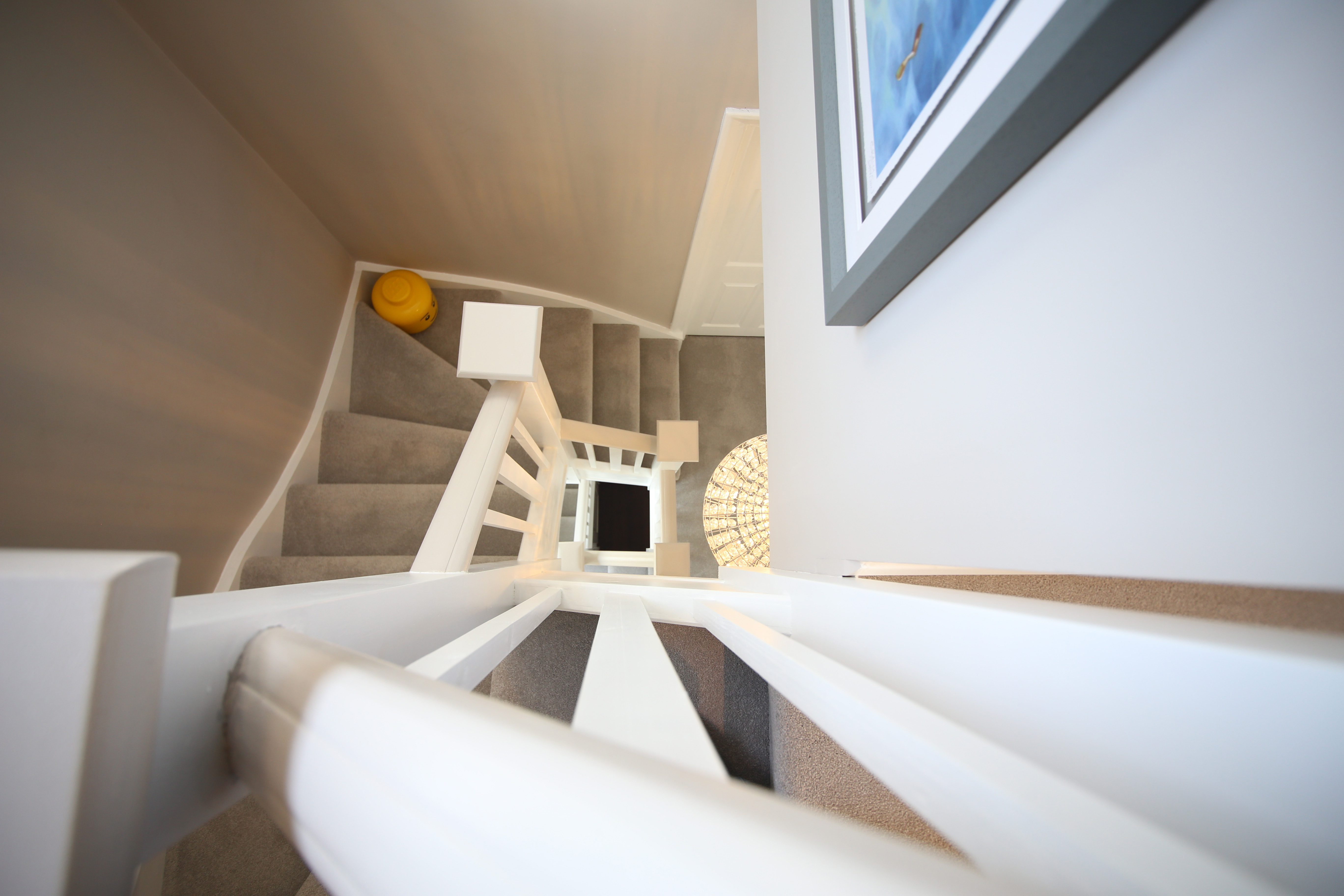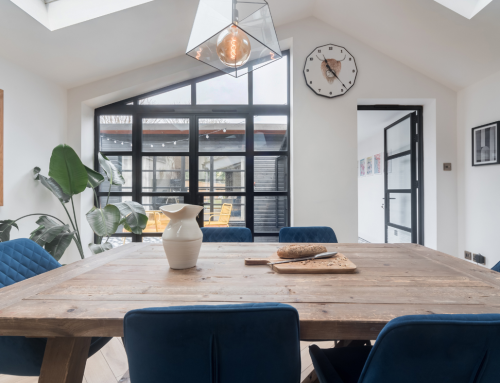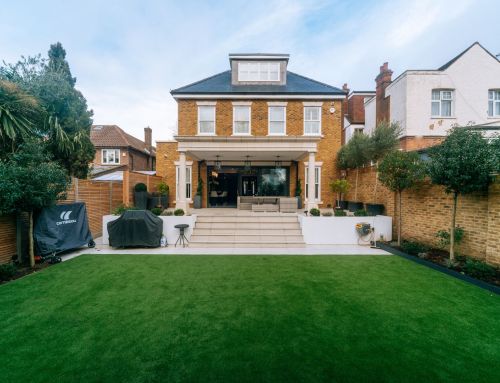Another common question we are asked is‚ do I need planning permission? The answer is normally‚ no‚ but it is always worth speaking to your local planning department. Often any type of loft conversion would be classed as permitted development providing it meets the criteria set out in the permitted development technical guidance. Please note that, if your property is within the conservation area, you will require a householder planning application that is subject to the local authority‚ design guides and regulations.
Some of the key rules are:
- Any new roof elements must not exceed an additional 50 cubic metres of space on detached and semi-detached houses and 40 on terraced houses.
- No extension must be made beyond the plane of the existing roof slope.
- No extension can be higher than the highest part of the roof.
- Roofing materials need to be like-for-like or close to original fittings.
- No raised platforms or balconies.
Please remember that planning permission does not automatically mean that you have building regulations approval ‚ the two must be approved separately. https://fluent-ads.co.uk/services/
Fluent Architectural Design Services LTD can provide you with a set of building regulation plans that will aid in achieving approval from building control. These plans will include key considerations such as fire safety, thermal insulation, drainage etc.
One of the key elements that a lot of home owners are unaware of is, when creating a 3-storey building you need to provide a safe means of escape which generally involves replacing all doors to habitable rooms with fire doors, creating a safe fire-resistant route from the loft conversion down to the front door. There are several different ways to meet these requirements depending on the number of storeys, and type of property and we are on hand to explain these to you.
How do you know if your loft is suitable for a conversion? Your loft will be suitable for conversion if you have a loft that measures 2.3m in height from the top of the current ceiling joists to the underside of the ridge beam.
All is not lost if your measurement is under 2.3m. In most instances you can remove the current ceiling, and when installing the new floor joists these can be re installed at a lower height. The easiest way to check if this is possible is by going into one of the bedrooms and checking if there is space between the top of the window and the ceiling.
On a Typical three- bedroom semidetached house you should be looking at adding £5000 – £6000 to the build cost. We provide an onsite consultation with one of our designers and they will check these measurements and advise on the best possible option for your property.
Nearly all unconverted roofs will have internal supports which will need to be removed to open up the loft. In most instances a new steel structure will be installed to support the new floor construction, dormer and roof. The structural elements will need to be designed by a qualified structural engineer.
We have worked with hundreds of clients who wanted to carry out dormer conversion and loft extensions to create additional living space in their terrace houses, semi-detached houses and detached houses. The loft conversions we have designed have helped our clients gain this additional living space in a cost-effective manner allowing our clients to extend their homes without having the upheaval of moving.






